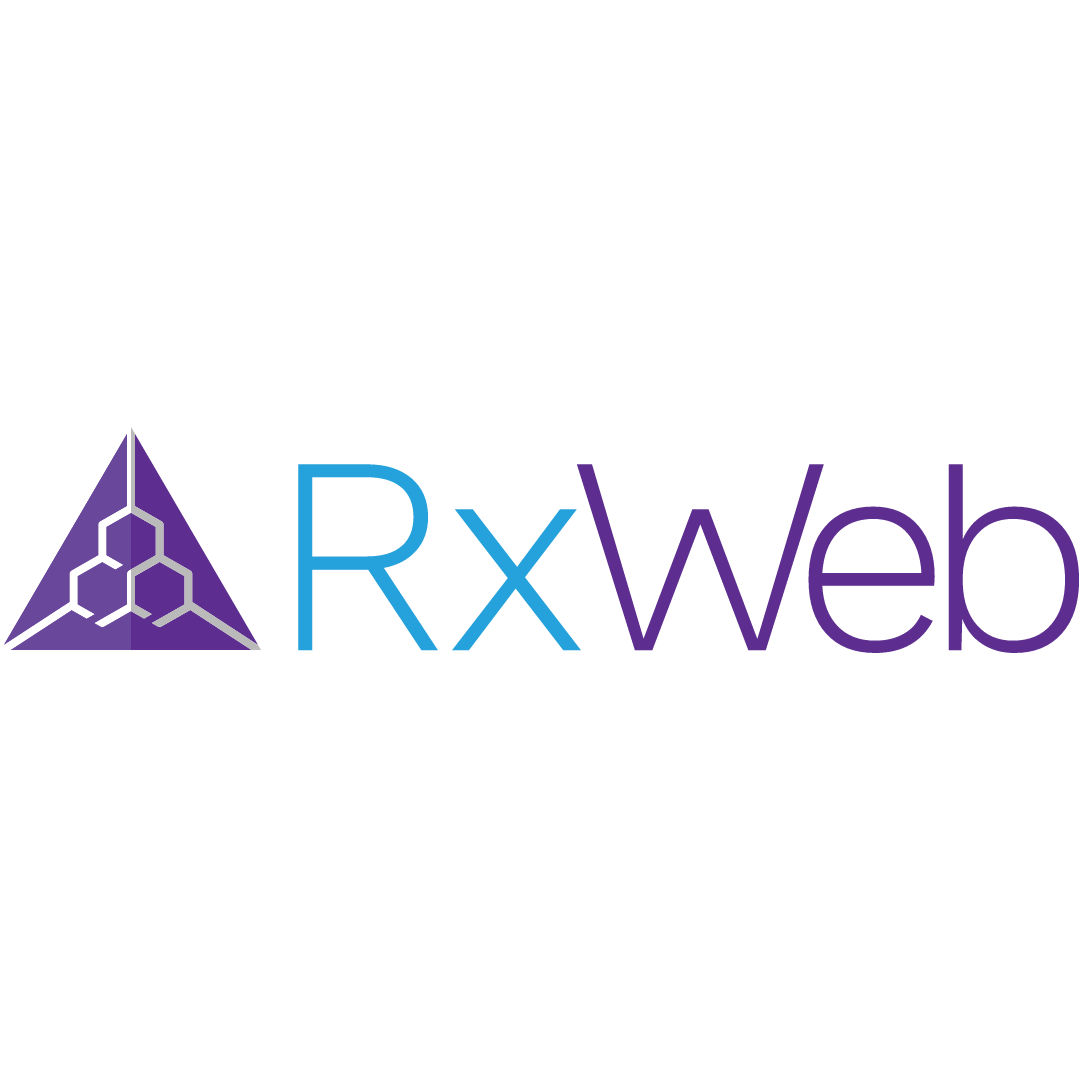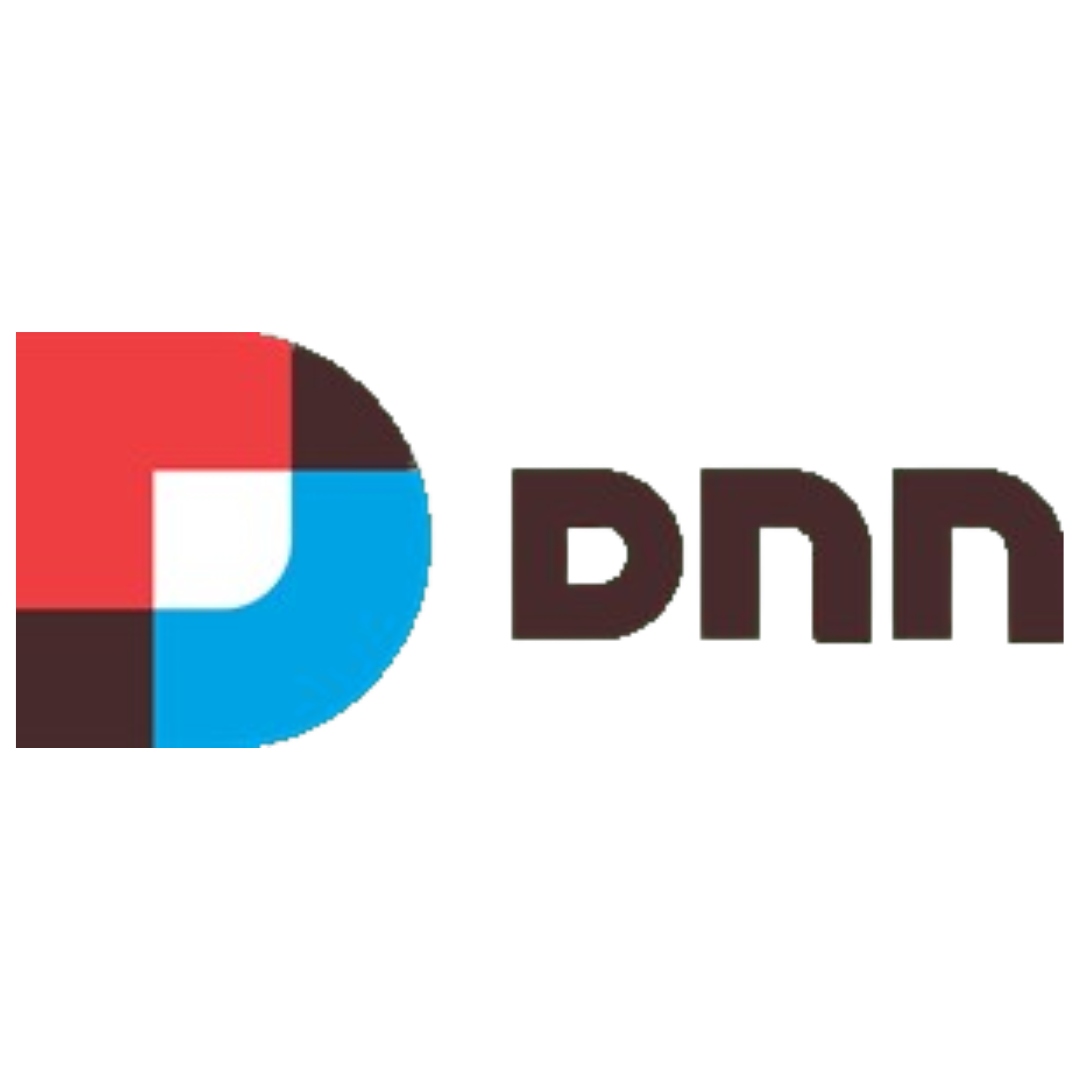
The Importance Of Regular Software Updates: Security And Performance Benefits
We live in an era where the world runs just at our fingertips. Usage of software has become an integral part of our lives. Operating systems power our devices and applications we use for leisure, software is constantly evolving to meet our changing needs. However, many users undervalue the potential of regularly updating their software. With this blog, you’ll know some critical reasons that state the importance of software updation for security and performance.
Security Benefits of Regular Software Updates
Regularly updating your software gives essential security benefits by patching vulnerabilities, enhancing cybersecurity measures, and safeguarding privacy. This ensures that your system is protected from potential threats and has all the compliance with legal regulations. Ignoring these updates may lead to an exposed risk of security.
1. Vulnerability Patching
Vulnerabilities in software result in software bugs and security flaws. This gives an open invitation to cybercriminals. These vulnerabilities will be exposed to gain unauthorized access to your system, steal your data, or infect your device with malware. When software brings updates, it often includes patches and fixes for known vulnerabilities. Ignoring them can leave your system with possible threats.
2. Enhanced Cybersecurity
Digital horizons are constantly evolving and the tactics used by cybercriminals evolve with it too. Software developers are constantly working with these to stay a step ahead by improving their security measures. This includes strengthening encryption, refining authentication protocols, and implementing layers of security. Keeping your software up-to-date ensures that you benefit from the latest enhancements provided for security.
3. Improved Privacy
Privacy is a concern for many individuals and organizations. Outdated softwares may not meet the level of data protection required in today’s world. Software updates address privacy-related issues and give better control over your data. It gives you peace of mind that your personal information remains safe and secure.
4. Compliance and Legal Obligations
Sometimes, keeping a software update is not just a best practice but a legal requirement. There are industries and organizations that are subjected to data protection laws and regulations. If you don't update your software, it may lead to severe non-compliance issues and result in significant fines and consequences from legal sources.
Performance Benefits of Regular Software Updates
Regular updates of software bring performance benefits and optimize speed and efficiency. It also addresses fixing bugs, ensuring compatibility with new hardware and technologies, and introducing new features with enhancements. An updated software enhances user experience, minimizes disruptions, and maximizes the utility of digital tools.
1. Speed and Efficiency
Software updates are not about security only, they come with better performance as improvements. Developers give updates to optimize their software and it makes it run faster with efficiency. This gives a quick loading speed to your application for better performance.
2. Bug Fixes
Software bugs become a bothering issue for users. They also lead to crashes, freezes, and unexpected errors that disrupt normal functioning and workflow. Updates usually include bug fixes, and addressing that these issues provide a smooth and enjoyable experience to users.
3. Compatibility
When software evolves, the technology that relies on it evolves too. Software that is outdated may result in incompatibility with the latest hardware or other software applications. You keep your software compatible with new devices and services when you give it a necessary update. It prevents compatibility issues and potential headaches down the line.
4. New Features and Enhancements
Software updates come with new features and refinements. It boosts the traditional functionality with an improvised user experience. By keeping your software updated, you could take advantage of new features and additions to make your digital life more fun and productive.
Best Practices for Keeping Software Updated
The best thing to do for keeping your software updated includes enabling automatic updates or regularly checking the updates, prioritizing critical security updates, backing up data before significant updates, and being aware of end-of-life software to get ongoing security and performance. These maintain a secure, efficient, and updated digital environment for you.
Enable Automatic Updates
Many softwares have the option of automatically updating themselves. If you enable this feature, you don’t have to worry about manually checking for updates. However, make sure that you have a stable internet connection and backed up data before enabling the updates. Automated updates give a hassle-free way to ensure that your software is up-to-date by reducing the risk of security vulnerabilities.
Regularly Check for Updates
Check for updates regularly if you do not want to enable the option of automated updation. Make it a habit and check for updates on a weekly or monthly basis. However, the updates depend on the software’s frequency of providing it. A better idea would be to set calendar reminders that ensure you don’t forget this important task. You can also set a dedicated time according to your convenience for routine maintenance.
Prioritize Critical Updates
Some updates are bought for security and others are optional feature updates. Focus on installing critical updates immediately to address all the security vulnerabilities and regularly view update release notes for all the essential details. These notes provide valuable insights into changes and improvements to the existing one.
Backup Your Data
Before updating your software, especially with major updates or operating systems, it’s always important to back up your data and prevent possible data loss if by chance anything goes wrong during the updation process. Invest in some external backup solution or cloud-based storage to have a relaxed mind.
Keep an Eye on End-of-Life Software
Stay aware of software that has reached the end of life (EOL) and has stopped receiving updates. It’s recommended to shift to a supported software to maintain security and performance. You must regularly check for official announcements with the software provider regarding EOL dates to be aware of any possible transitions.
Conclusion
Regular updation of software is important to maintain the security and performance of your digital applications and devices. Ignoring these updates can cause cyber threats, compromise your privacy, and hinder the software’s performance. When you adapt these practices for software maintenance, you can create a digital experience for yourself that remains safer, more efficient, and up-to-date. Embrace the updates given by software as a proactive measure to safeguard your digital world to enjoy the latest features and improvements they bring along.
You can also visit related blogs:


































































comments for "An Interview with Exavibes Services"
Leave a Reply